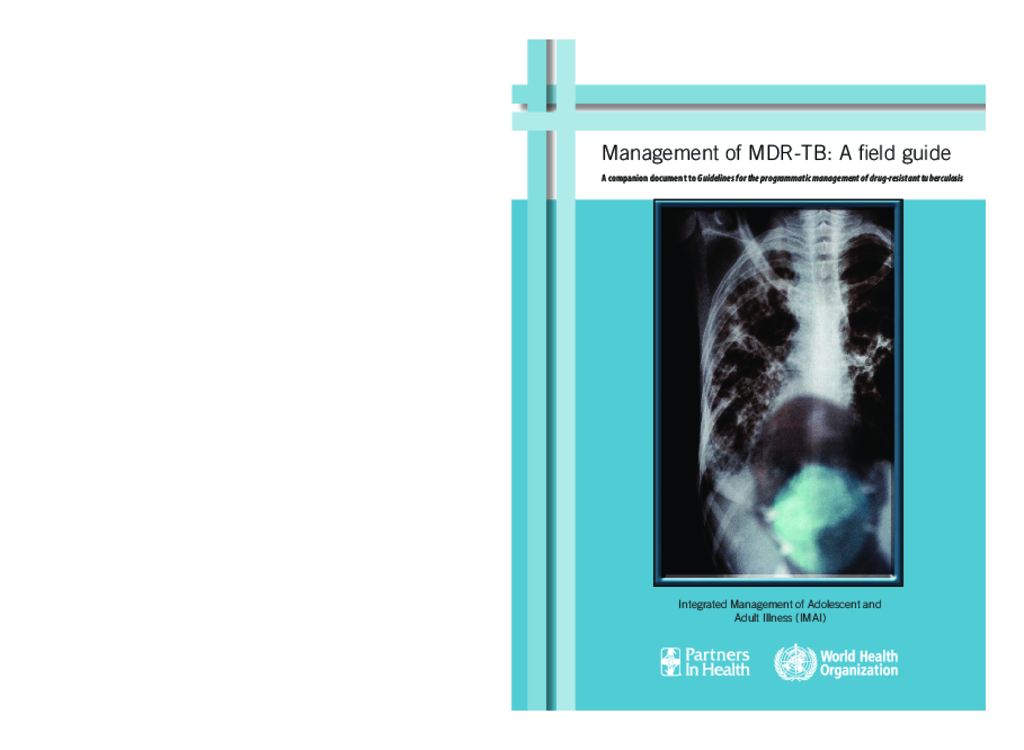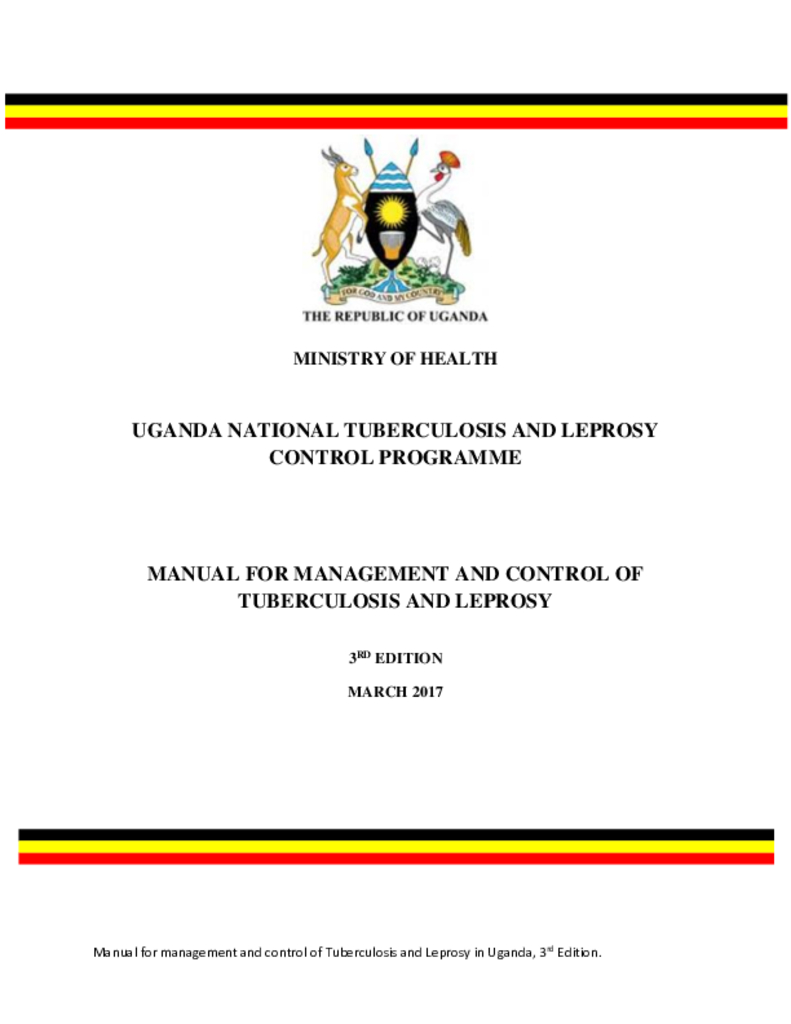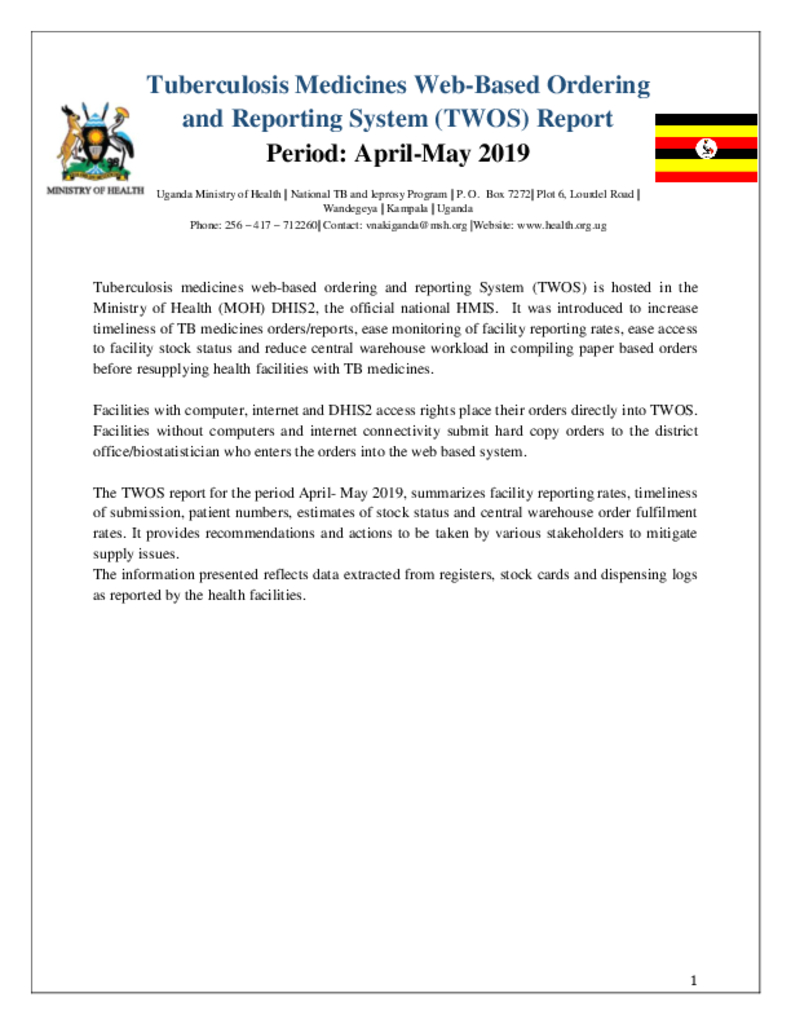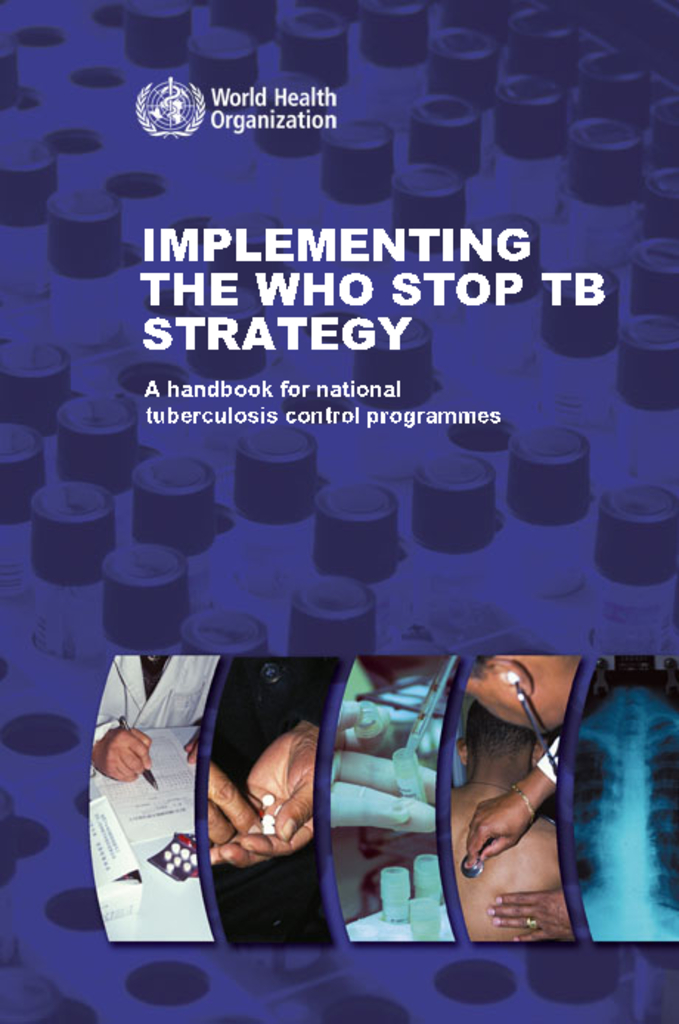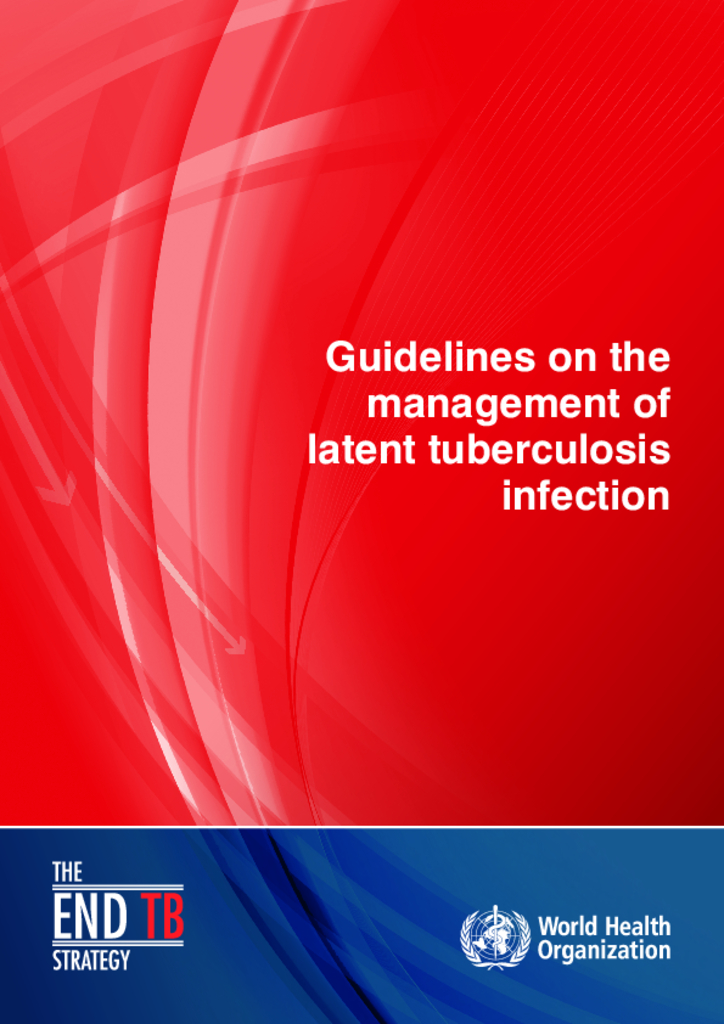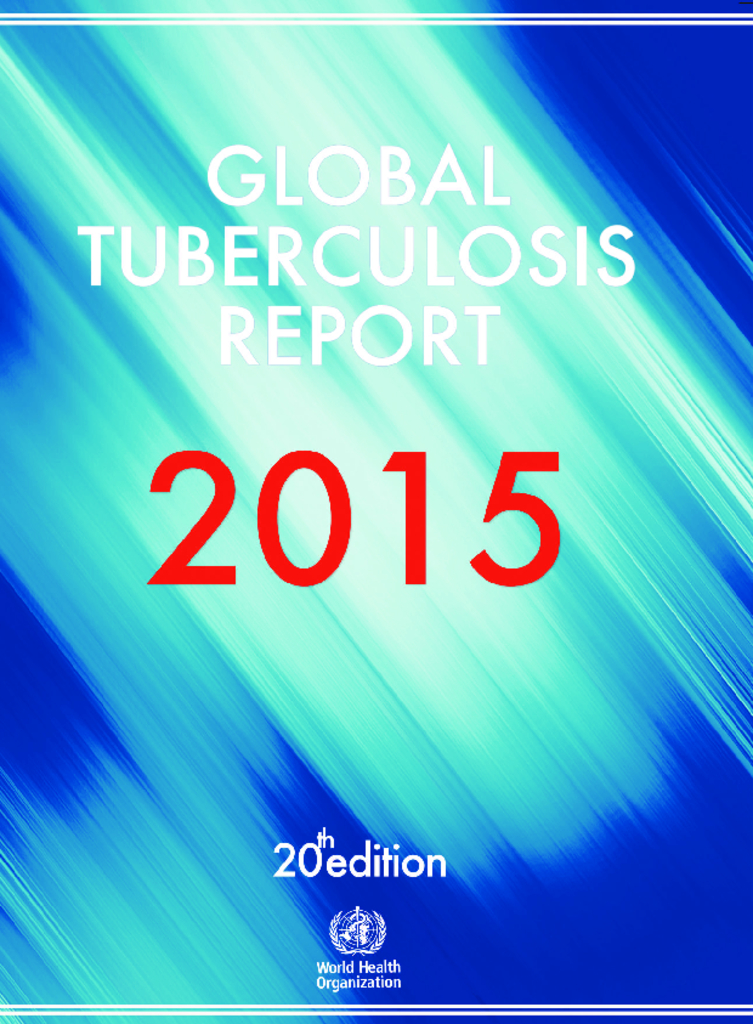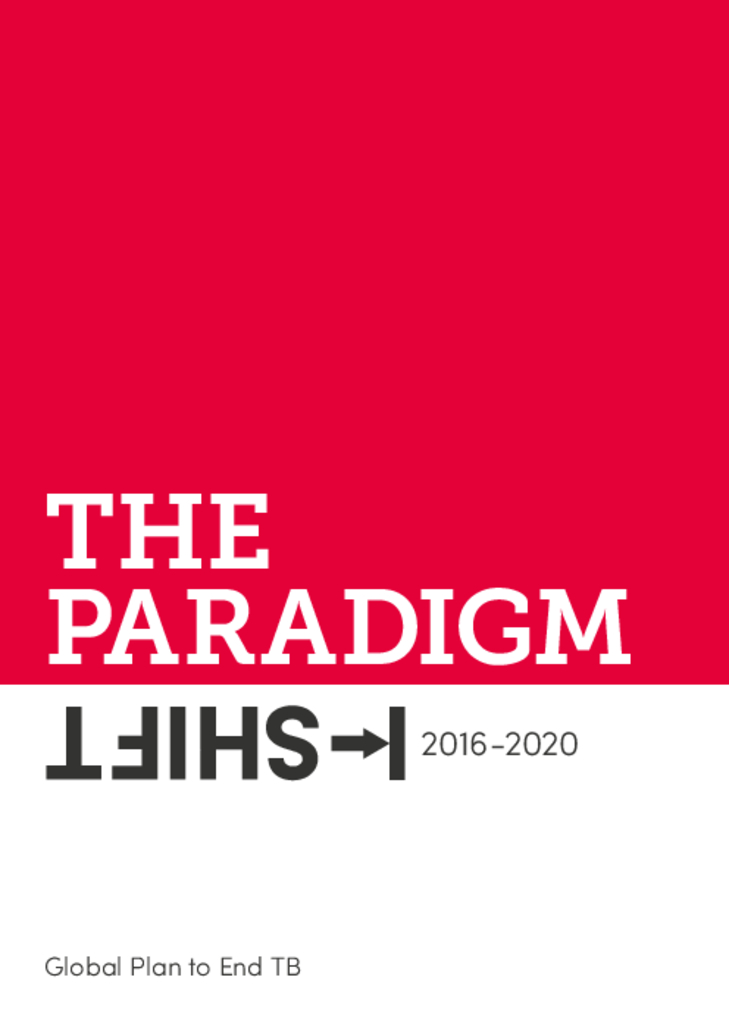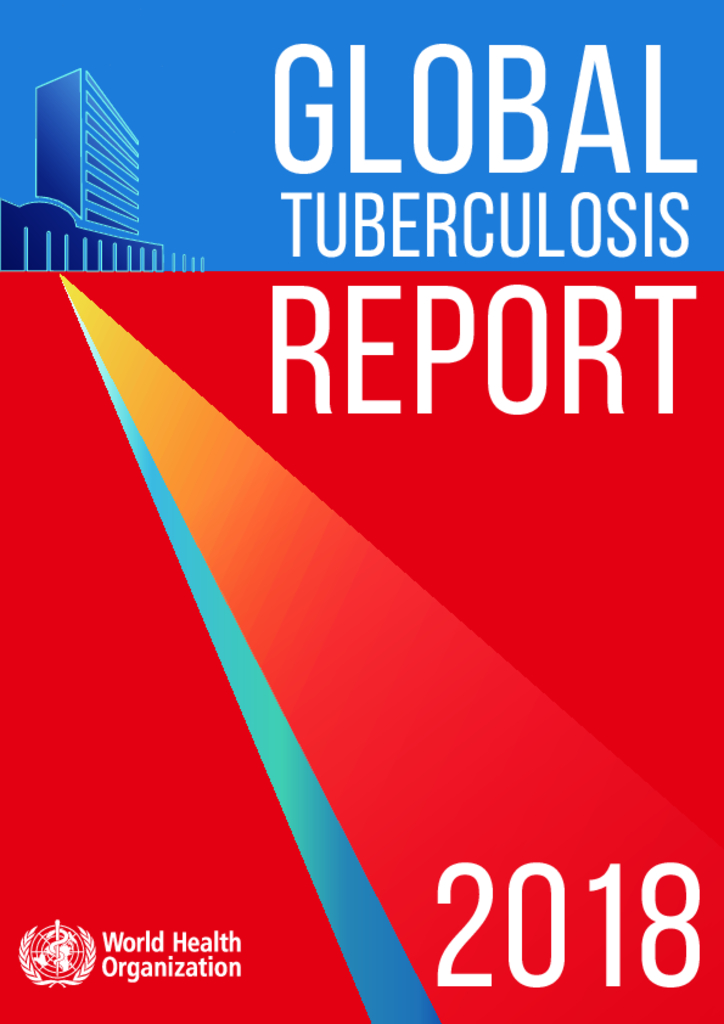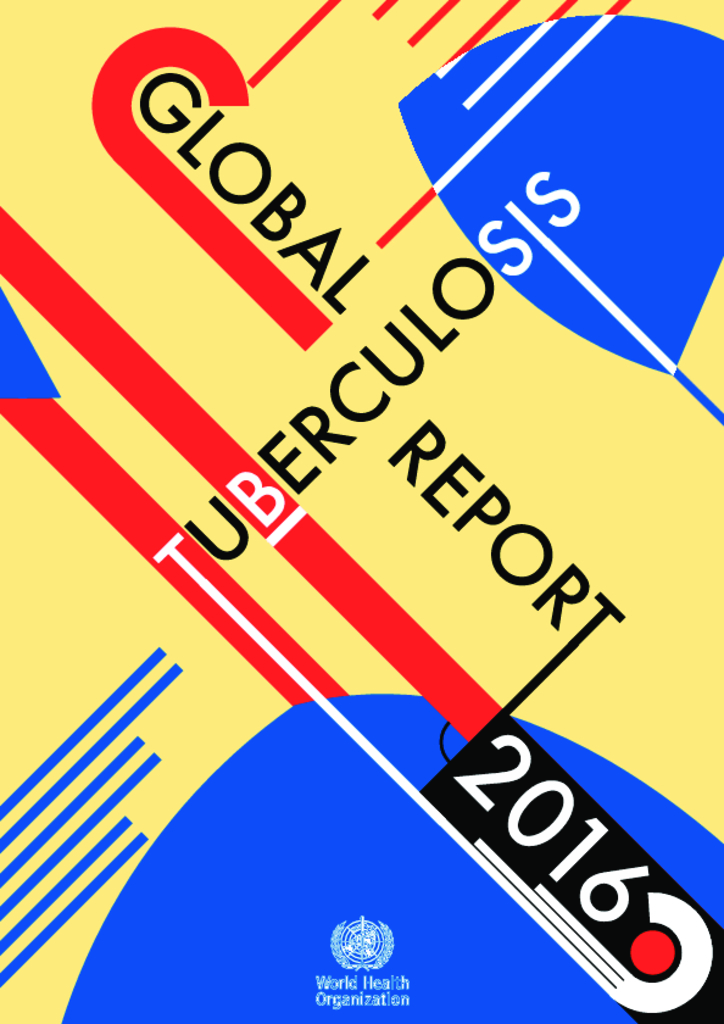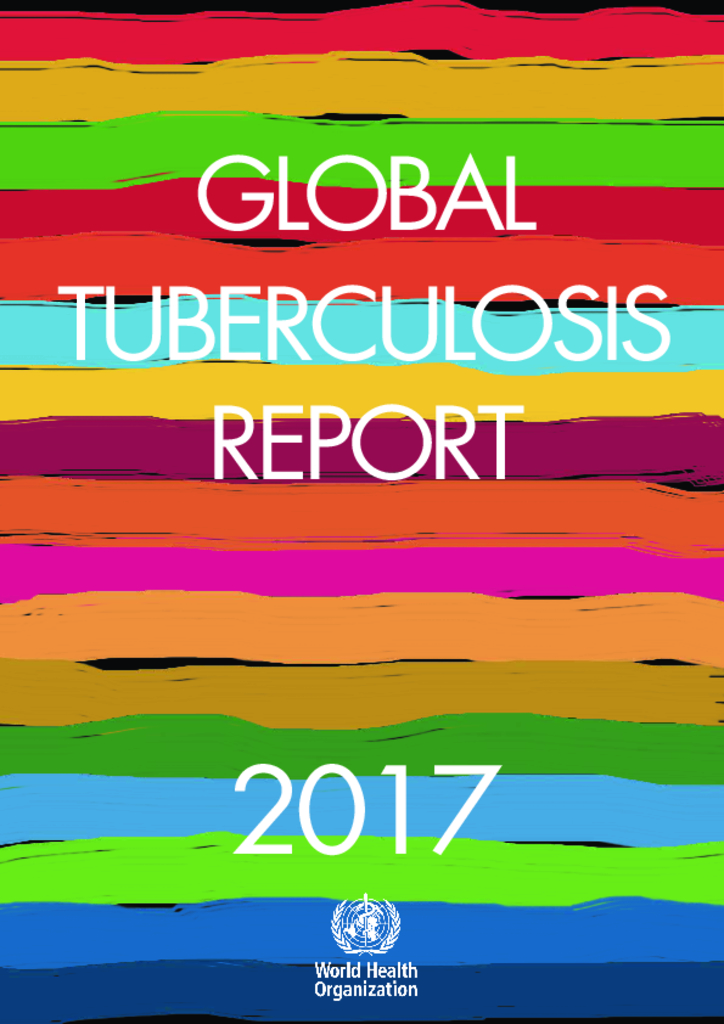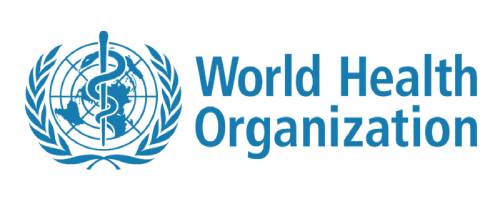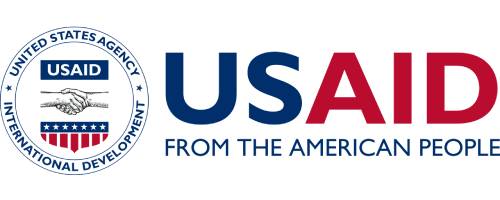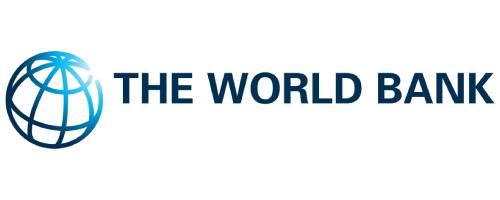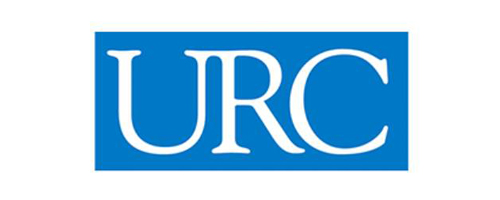The purpose of this flip chart is to guide front line health workers in providing quality and standardized screening, diagnosis, treatment and prevention of TB in children according to the new recommendations. This flip chart should be used at all health facility care points to identify and manage children with or at risk for TB.
Management of MDR-TB: a fi eld guide was created to help health workers carry out these tasks. It is a job aid that medical offi cers and TB nurses are meant use frequently during the day for quick reference. This module is closely related to other clinical guideline modules in the Integrated Management of Adolescent and Adult Illness (IMAI) series. In particular, the approach to chronic disease management is taken from General principles of good chronic care in the IMAI series.
This revised manual provides an update on those and other areas and pays special attention to the key role of the district TB/leprosy supervisors (DTLS). It provides guidance on how the district TB and leprosy supervisor (DTLS) function relates to the health facility staff on the one hand and the health service managers at the district, regional and national levels on the other. The lay out has been modified to enrich the indicated areas.
The TWOS report for the period April- May 2019, summarizes facility reporting rates, timeliness of submission, patient numbers, estimates of stock status and central warehouse order fulfilment rates. It provides recommendations and actions to be taken by various stakeholders to mitigate supply issues.
The information presented reflects data extracted from registers, stock cards and dispensing logs as reported by the health facilities.
This publication draws upon current guidelines and information documents issued by the World Health Organization (WHO), which provide more detailed guidance on implementation for each of the specific subject areas. The listed references are limited to key readings for implementation of programme activities and to texts that provide important additional background and supplementary information.
These Guidelines on the management of latent tuberculosis infection were developed in accordance to the requirements and recommended process of the WHO Guideline Review Committee, and provide public health approach guidance on evidence-based practices for testing, treating and managing LTBI in infected individuals with the highest likelihood of progression to active disease.
The guidelines are also intended to provide the basis and rationale for the development of national guidelines. The guidelines are primarily targeted at high-income or upper middle-income countries with an estimated TB incidence rate of less than 100 per 100 000 population. Resource-limited and other middle-income countries that do not belong to the above category should implement the existing WHO guidelines on people living with HIV and child contacts below 5 years of age.
The year 2015 is a watershed moment in the battle against tuberculosis (TB). It marks the deadline for global TB targets set in the context of the Millennium Development Goals (MDGs), and is a year of transitions: from the MDGs to a new era of Sustainable Development Goals (SDGs), and from the Stop TB Strategy to the End TB Strategy. It is also two decades since WHO established a global TB monitoring system; since that time, 20 annual rounds of data collection have been completed.
Important recent changes or additions to guidelines for the management of tuberculosis (TB) in children have made it necessary to revise the first edition of Guidance for national tuberculosis programmes on the management of tuberculosis in children, published by WHO in 2006. Like the 2006 guidance, this document is targeted at national TB programmes, paediatricians and other health workers in low- and middle-income countries; it does not aim to outline recommendations for high-income countries with low TB prevalence. This distinction is especially important in the diagnostic approach and in contact investigation.
Measured by the numbers of people who die each year, tuberculosis (TB) is the world’s deadliest infectious disease. Transmitted through the air and primarily targeting the lungs, this disease caused by a bacterial infection claims three lives every minute.1,2 In 2014, more than 9 million people became ill with TB and 1.5 million died, making it the world’s leading infectious killer.3 Worldwide over 2 billion people are infected with Mycobacterium tuberculosis, the bacterium that causes TB, comprising a source of the illness that must be addressed if we are to be successful in ending the disease.
WHO has published a global TB report every year since 1997. The main aim of the report is to provide a comprehensive and up-to-date assessment of the TB epidemic, and of progress in prevention, diagnosis and treatment of the disease at global, regional and country levels. This is done in the context of recommended global TB strategies and targets endorsed by WHO’s Member States and broader development goals set by the United Nations (UN).
The Sustainable Development Goals (SDGs) for 2030 were adopted by the United Nations in 2015. One of the targets is to end the global TB epidemic. The WHO End TB Strategy, approved by the World Health Assembly in 2014, calls for a 90% reduction in TB deaths and an 80% reduction in the TB incidence rate by 2030, compared with 2015.
The purpose of WHO’s Global Tuberculosis Report is to provide a comprehensive and up-to-date assessment of the TB epidemic and of progress in care and prevention at global, regional and country levels.1 This is done in the context of recommended global TB strategies and associated targets, and broader development goals. For the period 2016–2035, these are WHO’s End TB Strategy and the United Nations’ (UN) Sustainable Development Goals (SDGs), which share a common aim: to end the global TB epidemic.

